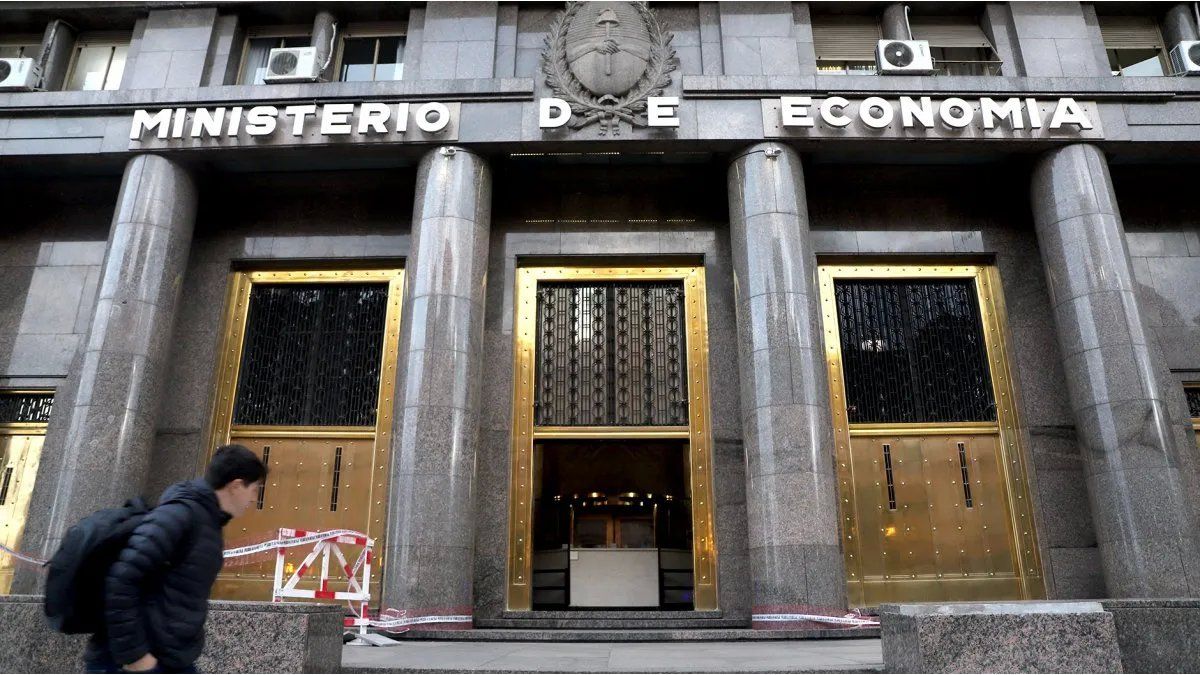It is estimated that if prices rise to double-digit levels, by the end of September the real exchange rate gain that produced the “discreet jump” will already be gone. The Common Funds totaled $300,000 million.
The result of the primary elections altered all the forecasts that the markets had made, who were confident that by now a candidate who provides predictability would be leading the polls. Now it seems that you have to be open to all kinds of possibilities and that is why the requirement of the moment is the coverage. The looming problem is that, as the nominal value of the economy accelerates, the gain in the real exchange rate achieved by the devaluation will be closed more quickly.
The content you want to access is exclusive to subscribers.
Massa’s political and economic agenda in the US


“In the short term, it is probable that the interest rate accrues at a higher rate than the CER or the nominal exchange rate, which would remain stable until after the elections”, raises the stock exchange company MegaQm in his latest report. In this sense, he affirms that since the market may already be discounting the acceleration of inflation in the coming months, CER-adjustable assets may be correcting their price to incorporate this novelty.
MegaQm also indicates that “For Dollar Linked (DLK) assets, the focus will be on the day after the exchange rate freezes.” “If a new correction is expected, these assets will begin to incorporate in value several weeks before. As happened with bonds such as TV24 before the adjustment on Monday, August 14,” the report states.
Therefore, it considers that If inflation in August and September remains at average levels of around 10.7% per month, the real exchange rate at the time of the general elections will be the same as on August 11, that is, all the real exchange rate gain would have been lost. “If that happens, the market for that date may be thinking that a new adjustment has a high probability of occurrence,” the study anticipates.
In that sense, MegaQM says that “the data from the Mutual Funds industry confirm that the market is operating with expectations aligned” with those of a new adjustment. “In the first four days of operations it has received a positive net flow of funds of $300,000 million that has been channeled mainly towards the Money Market”, describes the study. The study further says that “it has also been observed bailouts of dollar linked funds by a fairly limited magnitude in relation to the total stock and that have been channeled towards FCI of the CER category”. “These figures make it clear that in the short term the flows have been oriented towards the accrual of the interest rate (even with a Money Market yielding above July inflation of 6.3%) and then they have prioritized taking cover against a possible inflationary acceleration. The low volume of redemptions in the dollar-linked category confirms that the market seeks to continue positioning in assets with currency hedges”, completes the job.
In the last tender for debt in pesos, the Ministry of Economy came out to offer inflation-adjustable securities. Above all, it reopened a Lecer that expires in November that was having a high demand in the secondary markets in the previous days. With this he was able to raise about $800,000 million above the maturity of last Friday ($100,000 million). But he had to accept higher interest rates.
Source: Ambito




